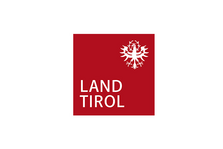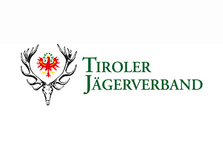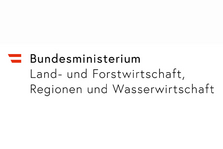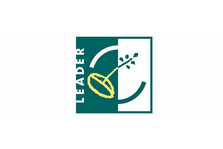Interesting facts and tips
Secure the accident site to minimise the danger to people and animals. Injured birds of prey also try to flee from humans. In doing so, they put themselves in great danger. Get help from other people if necessary.
To avoid further injuries and stress, a cardboard box with air holes and a towel to prevent slipping is suitable as a means of transport.
Please do not put any hay, straw or similar in the box. Dog/cat transport boxes or cages can also cause broken feathers.
The closed box with air holes gives a feeling of security and prevents the feathers from being knocked off. Close the box well, preferably with adhesive tape. A wild animal will always try to break out.
Brush a drop of water on the side of the beak with your finger.
Please do not attempt to care for or raise the bird of prey/owl yourself. Specialist knowledge is required for the care and rearing of birds of prey and owls. Mistakes in feeding and rearing can quickly lead to death. Keeping them in human hands for long periods of time can make it impossible to successfully release them back into the wild.
Never squirt water into the beak, as there is a risk of swallowing and pneumonia.
Songbird nestlings are partially or completely unfeathered. They are usually not yet able to stand on their legs, still sit on their heels and do not hop around, like branchlings already do.
Young owls or birds of prey are covered with a fluff of feathers, but these are not yet real feathers. Baby branchlings stand on their legs, hop around and can already hold on to a branch or finger.
Offer a small clay bowl with water. Please do not squirt water into the patient's beak - risk of swallowing!
Brush a drop of water on the side of the beak with your finger.
Please do not attempt to care for or raise the bird of prey/owl yourself. Specialist knowledge is required for the care and rearing of birds of prey and owls. Mistakes in feeding and rearing can quickly lead to death. Keeping them in human hands for long periods of time can make it impossible to successfully release them back into the wild.
Never squirt water into the beak, as there is a risk of swallowing and pneumonia.
To feed your bird correctly, you first need to know which bird it is. Birds of prey only eat meat.
Raw chicken meat (never pork) is suitable for short-term emergencies.
Never feed dog or cat food - this can cause digestive problems and can be fatal!
Please leave this to the dedicated staff with the appropriate expertise.
Please do not under any circumstances try to stuff liquid or solid food into the young animal's beak. Risk of swallowing with further serious consequences.
If a quick handover is not possible, you can feed begging birds the following in an emergency:
- Small songbirds: Mealworms, freshly killed insects, e.g. flies
- Owls, birds of prey: raw, lean chicken meat
This is a temporary emergency feed.
This food is not suitable for breeding under any circumstances - severe deficiency symptoms would be the result!
Never feed dog or cat food, milk, bread, grains, ready-made bird food or similar!
Leave the emergency care to our trained staff in our sterile treatment room in the rescue centre. In consultation with our vet, we will provide the bird of prey with the best possible care.









